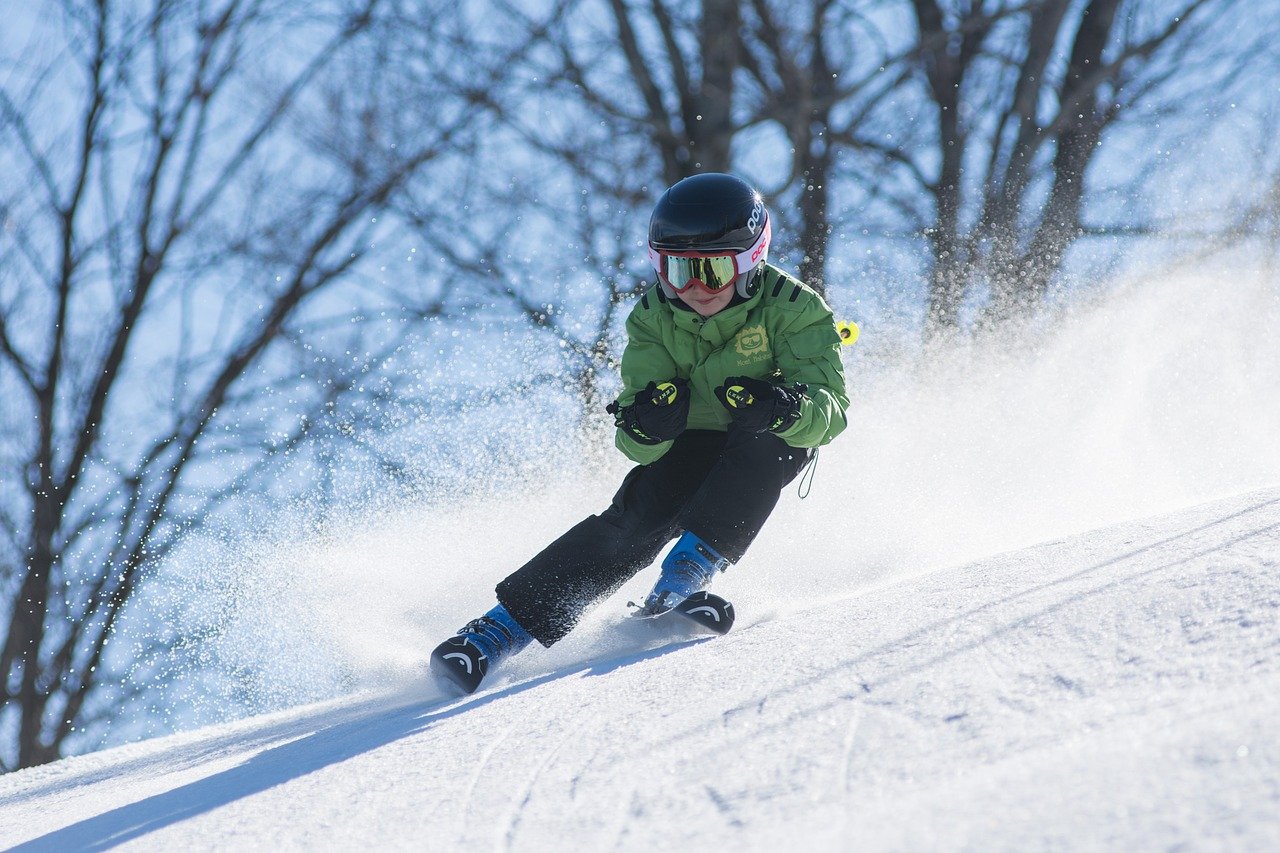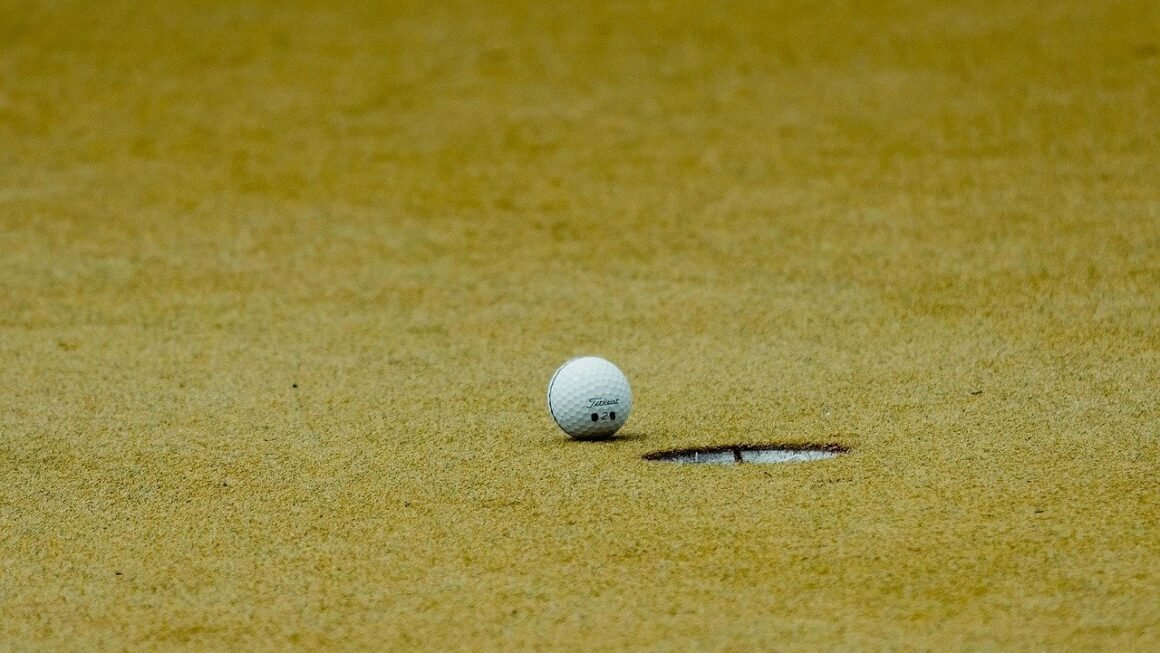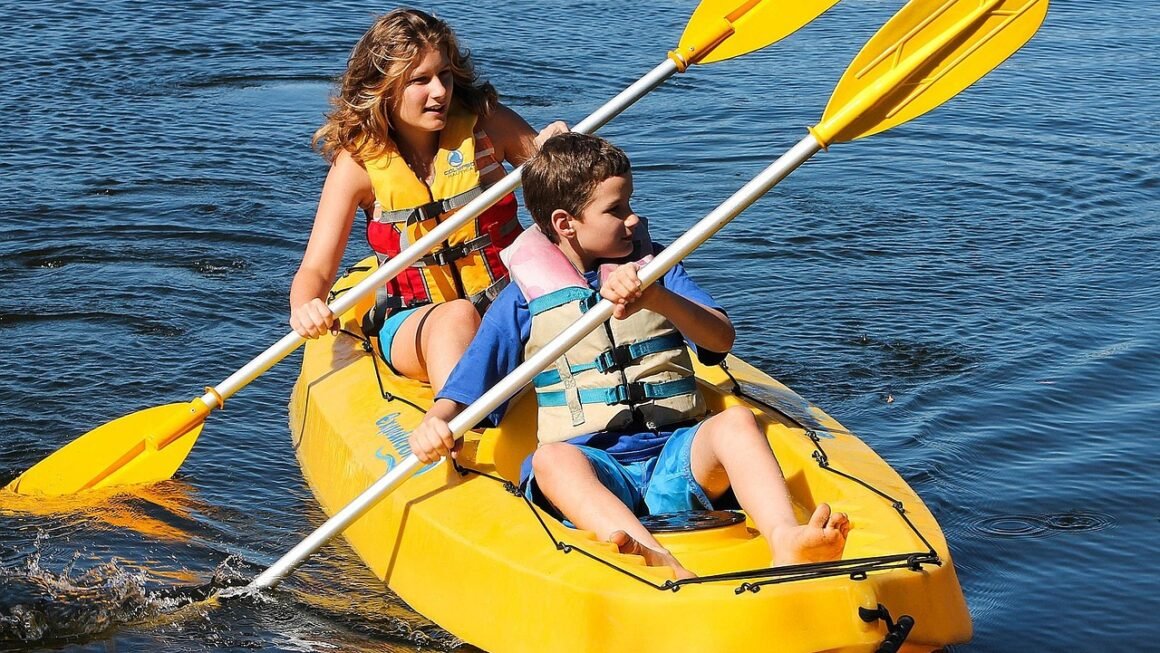Equestrian sports, a captivating blend of athleticism, artistry, and partnership between human and horse, have captivated audiences for centuries. From the thrilling speed of racing to the elegant precision of dressage, these disciplines offer a diverse range of challenges and spectacles. Whether you’re a seasoned equestrian enthusiast or a curious newcomer, this comprehensive guide will explore the exciting world of equestrian sports.
Understanding the Diverse World of Equestrian Disciplines
Equestrian sports are not a monolith; they encompass a wide array of disciplines, each with unique rules, skills, and traditions. Choosing which discipline to pursue depends on individual preferences, the horse’s temperament and abilities, and access to training facilities.
Dressage: The Art of Harmonious Movement
Dressage is often described as “ballet on horseback.” It focuses on the horse’s obedience, suppleness, and the rider’s ability to communicate with subtle cues.
- Key Features:
Riders perform a series of prescribed movements in a rectangular arena.
Judges evaluate the horse’s gaits, obedience, and the rider’s skill.
Upper levels require advanced movements like piaffe, passage, and pirouettes.
- Practical Example: A rider might work on improving their horse’s collection by practicing transitions between walk and trot, ensuring the horse remains balanced and engaged.
- Benefit: Dressage training improves a horse’s overall athleticism and responsiveness, making it beneficial for all disciplines.
Show Jumping: Testing Agility and Precision
Show jumping is a thrilling and demanding discipline that tests the horse and rider’s athleticism, precision, and courage.
- Key Features:
Riders navigate a course of obstacles, including verticals, oxers, and combinations.
Faults are incurred for knocking down obstacles, refusals, and exceeding the time limit.
Courses vary in height and complexity depending on the level.
- Practical Example: A rider might practice jumping a simple vertical to improve their horse’s takeoff and landing technique, focusing on maintaining a consistent rhythm and stride.
- Benefit: Show jumping develops a horse’s jumping ability, agility, and problem-solving skills.
Eventing: The Ultimate Equestrian Challenge
Eventing, also known as the “equestrian triathlon,” combines dressage, show jumping, and cross-country into a single competition. It is considered one of the most demanding equestrian sports.
- Key Features:
Dressage tests the horse’s obedience and suppleness.
Show jumping tests the horse’s agility and precision.
Cross-country tests the horse’s stamina, courage, and jumping ability over natural obstacles.
- Practical Example: A rider preparing for a cross-country event would condition their horse through gallop work and jump training over various terrain and obstacles.
- Benefit: Eventing builds a strong partnership between horse and rider and develops a horse’s all-around athleticism and versatility.
Western Riding: Reflecting Ranching Heritage
Western riding disciplines reflect the skills and traditions of working cowboys and cowgirls. These disciplines often emphasize the horse’s responsiveness, athleticism, and cow sense.
- Examples:
Reining: A precision-based discipline where the horse performs a pattern of spins, sliding stops, and rollbacks.
Cutting: The horse separates a cow from the herd and prevents it from returning.
Barrel Racing: A timed event where the horse and rider navigate a cloverleaf pattern around three barrels.
- Practical Example: A reining rider might work on their horse’s spins, focusing on maintaining a balanced and collected posture.
- Benefit: Western disciplines develop a horse’s athleticism, responsiveness, and cow sense.
Essential Equestrian Equipment and Gear
Proper equipment is crucial for both the rider’s safety and the horse’s comfort and performance. Investing in quality gear is essential for a safe and enjoyable experience.
Rider Apparel and Protective Gear
- Helmet: A properly fitted helmet is the most important piece of safety equipment.
- Riding Boots: Provide ankle support and prevent the foot from slipping through the stirrup.
- Riding Breeches or Jodhpurs: Designed for comfort and flexibility in the saddle.
- Gloves: Improve grip and protect the hands.
- Body Protector (for Eventing): Provides protection in the event of a fall during cross-country.
Horse Tack and Equipment
- Saddle: Distributes the rider’s weight evenly and provides a secure seat. Different disciplines require different saddle types (e.g., dressage saddle, jumping saddle, western saddle).
- Bridle: Includes the bit, reins, and headstall, used to communicate with the horse.
- Bit: A mouthpiece that applies pressure to the horse’s mouth for communication.
- Saddle Pad: Provides cushioning and protection for the horse’s back.
- Girth or Cinch: Secures the saddle to the horse.
- Boots and Bandages: Provide protection for the horse’s legs during exercise.
The Importance of Horse Care and Welfare
Ethical horsemanship is paramount in all equestrian sports. Ensuring the horse’s physical and mental well-being is crucial for a successful and harmonious partnership.
Nutrition and Feeding
- Horses require a balanced diet of forage (hay or pasture), grain (if needed), and supplements.
- The amount and type of feed depend on the horse’s age, activity level, and metabolism.
- Fresh water should always be available.
- Example: A performance horse in heavy training will require more calories and protein than a pleasure horse.
Veterinary Care and Hoof Care
- Regular veterinary checkups and vaccinations are essential for preventing illness and maintaining health.
- Hoof care is crucial for maintaining soundness. This includes regular trimming and shoeing (if necessary).
- Example: A horse with laminitis requires prompt veterinary attention and specialized hoof care.
Grooming and Exercise
- Regular grooming helps maintain a healthy coat and skin.
- Daily exercise is essential for maintaining physical and mental well-being.
- Example: A horse that is kept in a stall needs daily turnout and exercise to prevent stiffness and boredom.
Getting Started in Equestrian Sports
If you’re interested in getting involved in equestrian sports, there are several ways to get started.
Finding a Reputable Riding Instructor
- Look for a certified instructor with experience in your desired discipline.
- Consider the instructor’s teaching style and their ability to communicate effectively.
- Tip: Ask for recommendations from other riders or equestrian professionals.
Choosing a Riding Stable or Equestrian Center
- Visit several stables or centers to assess their facilities, horse care practices, and overall atmosphere.
- Consider the location, cost, and availability of lessons and programs.
- Tip: Look for a stable that offers a variety of services, such as boarding, training, and trail riding.
Starting with Beginner Lessons
- Beginner lessons will teach you the basics of horsemanship, including grooming, tacking up, and riding.
- Focus on developing a solid foundation of skills and building confidence in the saddle.
- Tip: Be patient and persistent. Learning to ride takes time and practice.
Conclusion
Equestrian sports offer a unique and rewarding experience, fostering a deep connection between humans and horses. From the elegance of dressage to the thrill of show jumping, there is a discipline for everyone. By understanding the different disciplines, investing in proper equipment, prioritizing horse care and welfare, and seeking guidance from qualified professionals, you can embark on an exciting journey in the world of equestrian sports. Remember to always prioritize safety, ethical horsemanship, and the well-being of your equine partner.



